Defining Luxury in Today’s World
Luxury, an elusive and multifaceted concept, has captivated human imagination for centuries. It’s often associated with opulence, wealth, and indulgence—a definition that has evolved alongside societal changes, economic growth, and cultural shifts. The focus of this exploration will be on the significant transformations in the meaning and appreciation of luxury in contemporary settings. To understand luxury today, one must consider its past, its intricate relationship with economic factors, and its growing impact on personal identity and social status.
1. The Historical Perspective of Luxury
The concept of luxury has historical roots that can be traced back to ancient civilizations. In ancient Egypt, for instance, luxury was embodied by the lavish tombs of pharaohs, ornate jewelry, and elaborate feasts showcasing the power and resources available to the elite. Similarly, in Rome, luxury was not only a sign of wealth but also a means for the elite to distinguish themselves through consumption of fine goods such as silk, spices, and precious metals.
As societies evolved, the definition of luxury continuously adapted. The Middle Ages saw the emergence of luxury as a controlled expression of wealth, often limited to the upper echelons of society. The Renaissance, a movement that celebrated art, culture, and humanism, allowed luxury to transcend mere material possessions as it embraced beauty and creativity.
In the modern era, the industrial revolution revolutionized production processes, leading to the rise of luxury brands synonymous with quality and craftsmanship. High-end labels such as Chanel or Louis Vuitton became benchmarks for luxury, appealing to consumers’ desires for exclusivity and status. However, the foundations of luxury remain grounded in human history—essentially, luxury is about what brings comfort and pleasure, varying across cultures and eras.
2. Modern Interpretations of Luxury
Today’s interpretation of luxury extends beyond mere physical possessions. It’s essential to differentiate between ‘luxury goods’ and ‘premium experiences.’ While luxury goods refer to high-quality, often expensive items, luxury experiences include unique services and moments that foster emotional connections and enhance quality of life. For instance, a luxury vacation may offer exclusive access to destinations that are otherwise inaccessible.
This shift towards experiential luxury marks a profound change; consumers increasingly prioritize unique experiences over accumulating possessions. The luxury market has seen a surge in luxury travel, gourmet dining experiences, and personalized services—all inviting consumers to engage with luxury more holistically.
3. Luxury’s Role in Economic Growth
The luxury sector significantly contributes to global economic growth. In 2023, the luxury market is anticipated to reach staggering heights, driven by the growing middle and upper classes worldwide. Luxury brands, from fashion to automobiles, stimulate employment and promote innovation across various sectors. Additionally, the integration of luxury brands into online platforms has fostered a robust e-commerce industry, expanding the reach of luxury goods globally.
Moreover, luxury brands are active players in economic ecosystems, partnering with local artisans to create authentic products that reflect cultural heritage. This collaboration often boosts local economies while also empowering artisans and promoting sustainable craftsmanship.
Categories of Luxury Goods
1. Fashion and Accessories
The fashion industry is arguably the most visible sector of luxury goods. High fashion brands like Gucci, Prada, and Versace epitomize not only high-quality materials but also cutting-edge design and craftsmanship. These brands have cultivated loyalty among consumers who seek both quality and status.
Luxury fashion is characterized by limited production runs and exclusivity. For example, haute couture collections are made specifically for individual clients, which emphasizes personal style and tailored craftsmanship. Accessories like high-end watches and designer handbags also play crucial roles, as they often signify a wearer’s status and social identity.
2. Luxury Vehicles and Technology
In the automotive sector, brands like Rolls-Royce and Bentley represent not just vehicles but a status symbol that reflects wealth, success, and sophistication. Consumers do not merely invest in a car; they acquire a legacy imbued with history and craftsmanship. Luxury vehicles also embody cutting-edge technology, providing a seamless integration of performance and comfort, showcasing innovations in safety, entertainment, and connectivity.
Similarly, the technology landscape has seen the rise of luxury tech products, such as high-end smartphones and customized gadgets. These products appeal to consumers who seek exclusivity, functionality, and style, merging luxury with practicality in everyday life.
3. Fine Dining and Culinary Experiences
Culinary experiences have evolved into a significant component of luxury. Michelin-starred restaurants and gourmet dining establishments curate experiences that engage all senses, often characterized by exceptional service, ambiance, and of course, exquisite food. Chefs such as Alain Ducasse and Massimo Bottura are not merely cooks; they are artists who craft unforgettable experiences that transport diners into a world of flavor and imagination.
Moreover, the farm-to-table movement reflects the modern consumer’s desire for authenticity and sustainability in luxury dining. Consumers today appreciate not only the taste but also the journey of each ingredient, favoring local and organic sources that contribute to their community and the environment.
The Psychology Behind Luxury Consumption
1. Status Symbols and Social Identity
Luxury items often serve as symbols of status and success within societal frameworks. For many, the possession of luxury goods conveys messages about wealth, taste, and sophistication. This phenomenon aligns closely with social psychology; individuals consciously or subconsciously use luxury goods to project identities that resonate with their values and aspirations.
For instance, owning a luxury watch may not only signify financial capability but also denote a lifestyle choice characterized by precision and exclusivity. As society often equates luxury with success, individuals are motivated to engage in luxury consumption to enhance their social standing.
2. Emotional Connections to Luxury Brands
Luxury brands often establish deep emotional connections with their consumers—what some experts describe as ‘brand love.’ This connection transcends simple transactions, transforming into lifelong loyalty through storytelling, tradition, and relational marketing strategies. For example, brands like Tiffany & Co. craft narratives around their products, from the iconic blue box to the emotions tied to customer milestones like engagements and weddings.
Such emotional branding encourages consumers to align their identities with the ethos of these brands, fostering a sense of belonging and exclusivity that encourages repeat purchases and word-of-mouth referrals.
3. The Allure of Exclusivity in Luxury
One of the defining aspects of luxury is its allure of exclusivity. The limited availability of luxury goods cultivates a sense of urgency and desire among consumers. Many luxury brands employ scarcity strategies—limited editions and made-to-order products increase their appeal. For instance, luxury fashion houses often produce smaller collections, and then leverage waitlists or limited access to create anticipation among consumers.
This scarcity not only enhances the perceived value of the product but reinforces the consumer’s identity as part of an exclusive group, deepening their emotional attachment to the brand.
Sustainability in Luxury Markets
1. Eco-Friendly Luxury Brands
The growing awareness of sustainability has prompted many luxury brands to reconsider their production processes and overall impact on the environment. Notable companies like Stella McCartney and Gucci have taken bold steps towards sustainable practices by using organic materials, implementing eco-friendly production methods, and committing to transparent supply chains. These brands appeal to a conscientious consumer base that values both luxury and environmental responsibility.
Moreover, luxury brands are embracing the concept of circular fashion, encouraging consumers to reflect on the lifecycle of their products. Initiatives such as recycling programs, resale platforms, and robust after-sales service drastically reduce waste and promote sustainability without sacrificing the qualities associated with luxury.
2. The Impact of Sustainability on Purchasing Decisions
Sustainability has emerged as a significant factor influencing consumer purchasing decisions. Recent studies indicate that consumers are increasingly inclined to back brands that demonstrate commitment to environmental and social responsibility. This trend is particularly prominent among younger consumers, who display a willingness to pay a premium for sustainable luxury products.
Luxury brands have recognized this shift and are communicating their sustainable initiatives more transparently, thus gaining consumer trust and building brand loyalty. As such, the luxury sector may soon become a leading example of how businesses can profit while fostering sustainable practices.
3. Balancing Luxury with Responsibility
As sustainability becomes a priority, luxury brands face the challenge of maintaining the high-quality standards expected from their products while adopting responsible practices. This balance is critical; brands must ensure that their dedication to sustainability does not compromise their hallmark of luxury—exclusivity, quality, and craftsmanship.
Ultimately, brands that master the art of integrating responsibility into their core identity will not only thrive in a competitive market but also earn the respect and loyalty of more socially conscious consumers.
Future Trends in Luxury Consumption
1. The Rise of Online Luxury Shopping
The digital transformation has fundamentally altered the luxury shopping landscape. With the increasing adoption of e-commerce platforms, luxury brands are exploring innovative ways to deliver unique online experiences while preserving the exclusivity and sophistication of in-store shopping. Brands like Chanel and Louis Vuitton are strategically enhancing their digital presence through immersive websites and apps that reflect their brand ethos.
Furthermore, social media platforms like Instagram have become essential tools for luxury branding, matching visual storytelling with interactive consumer engagement. Luxury brands utilize influencers and exclusive releases on these platforms to create buzz and expand their reach among target demographics.
2. Luxury Experiences Over Products
As mentioned earlier, modern consumers are shifting their focus from tangible products to unique experiences. Luxury travel, bespoke services, and personalized adventures are in high demand. There’s a growing trend among affluent consumers to invest in experiences that offer relaxation, quality interaction, and memorable moments over mere commodity purchases.
This trend necessitates that luxury brands innovate and expand their offerings to cater to changing consumer preferences. Brands that can curate exceptional experiences, whether through personalized travel itineraries or exclusive access to events and venues, will capture the hearts and loyalties of their consumers.
3. Technology’s Influence on Luxury Brands
Technology is set to continue shaping the luxury world, fostering new models of consumer engagement and product delivery. Innovations such as augmented reality (AR) and virtual reality (VR) offer consumers immersive shopping experiences that can effectively replicate the opulence of a physical store. For example, AR allows potential customers to visualize products in their own space, enhancing that initial emotional connection to the item before purchase.
Artificial intelligence (AI) is also being leveraged to analyze consumer behavior, allowing brands to provide personalized recommendations and services that reflect individual preferences, further bridging the gap between brands and consumers. Thus, as technology continues to evolve, luxury brands must remain agile to harness advancements that enrich their consumer interactions.
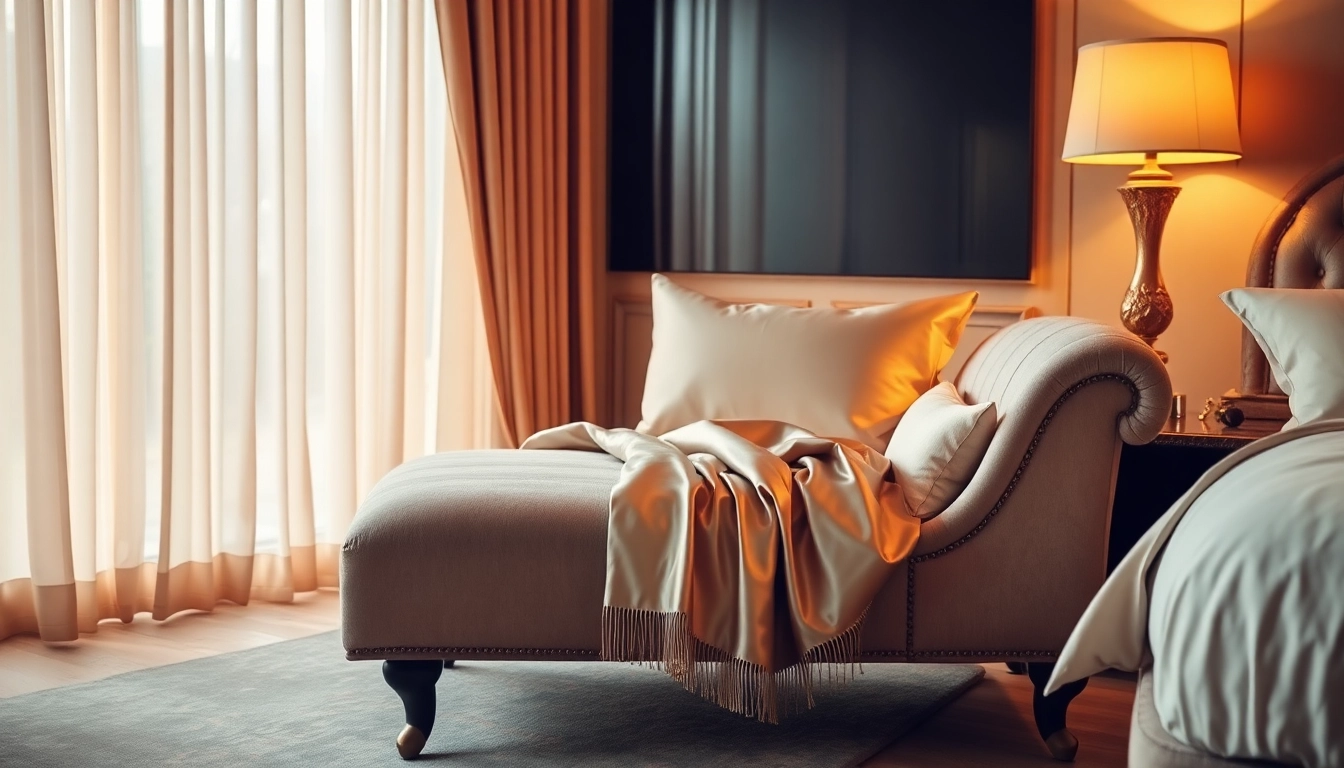
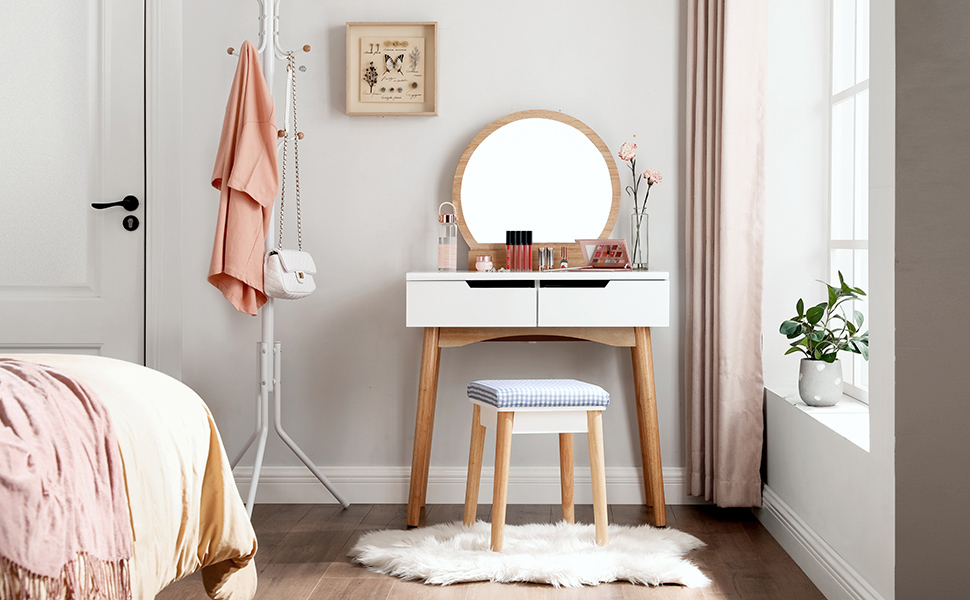
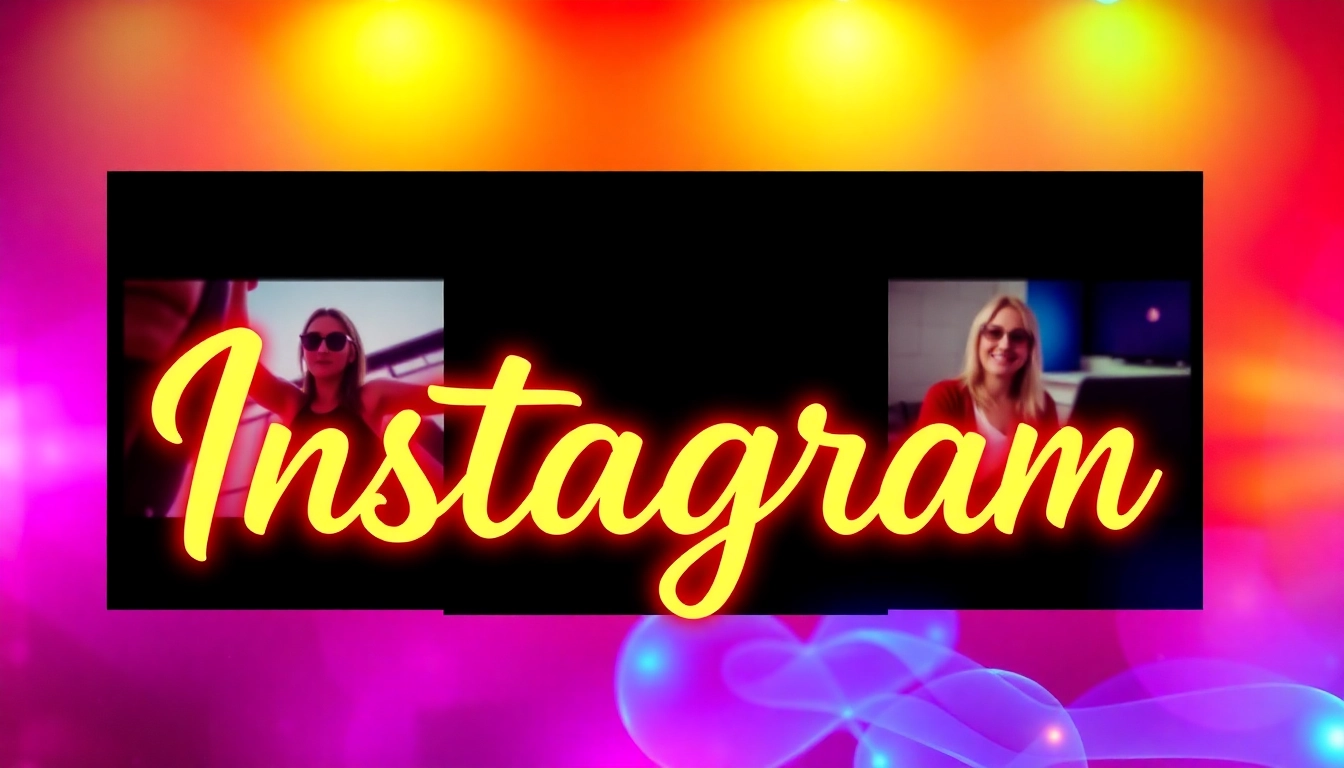
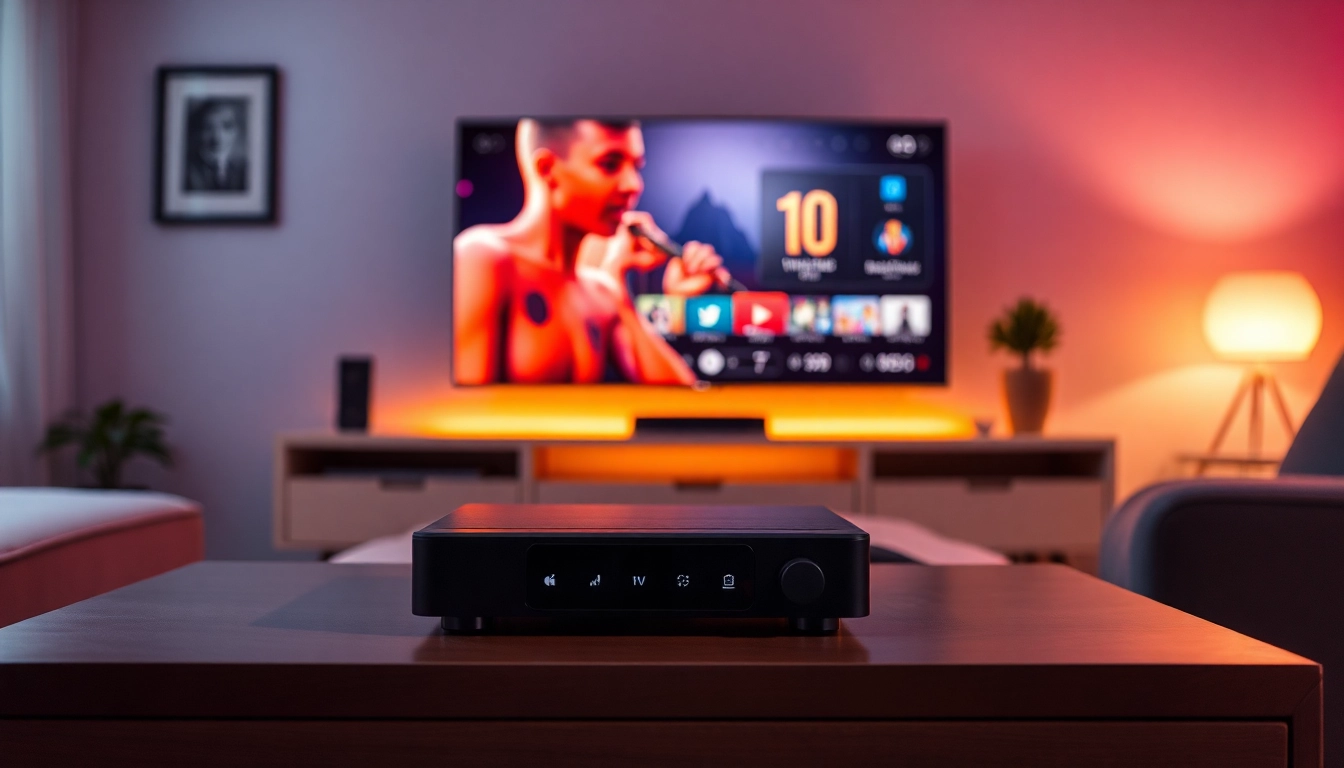
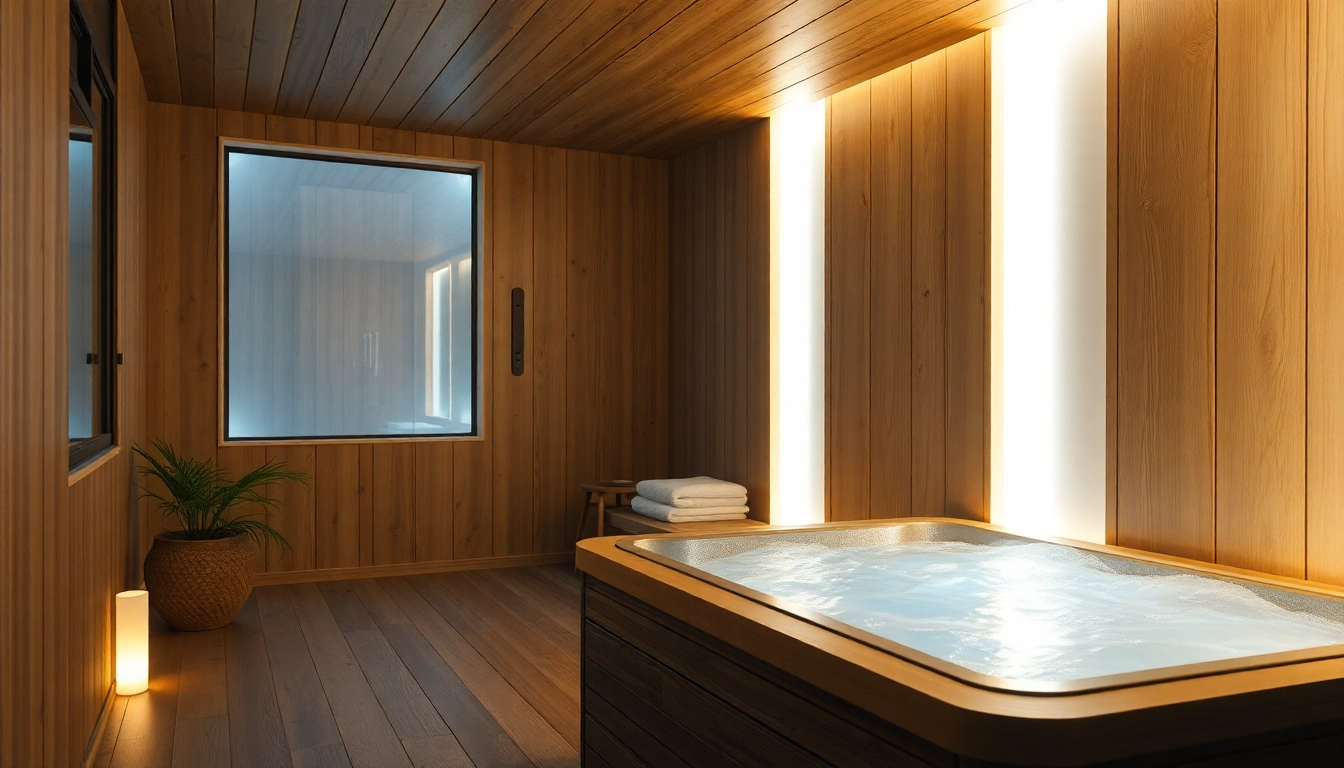



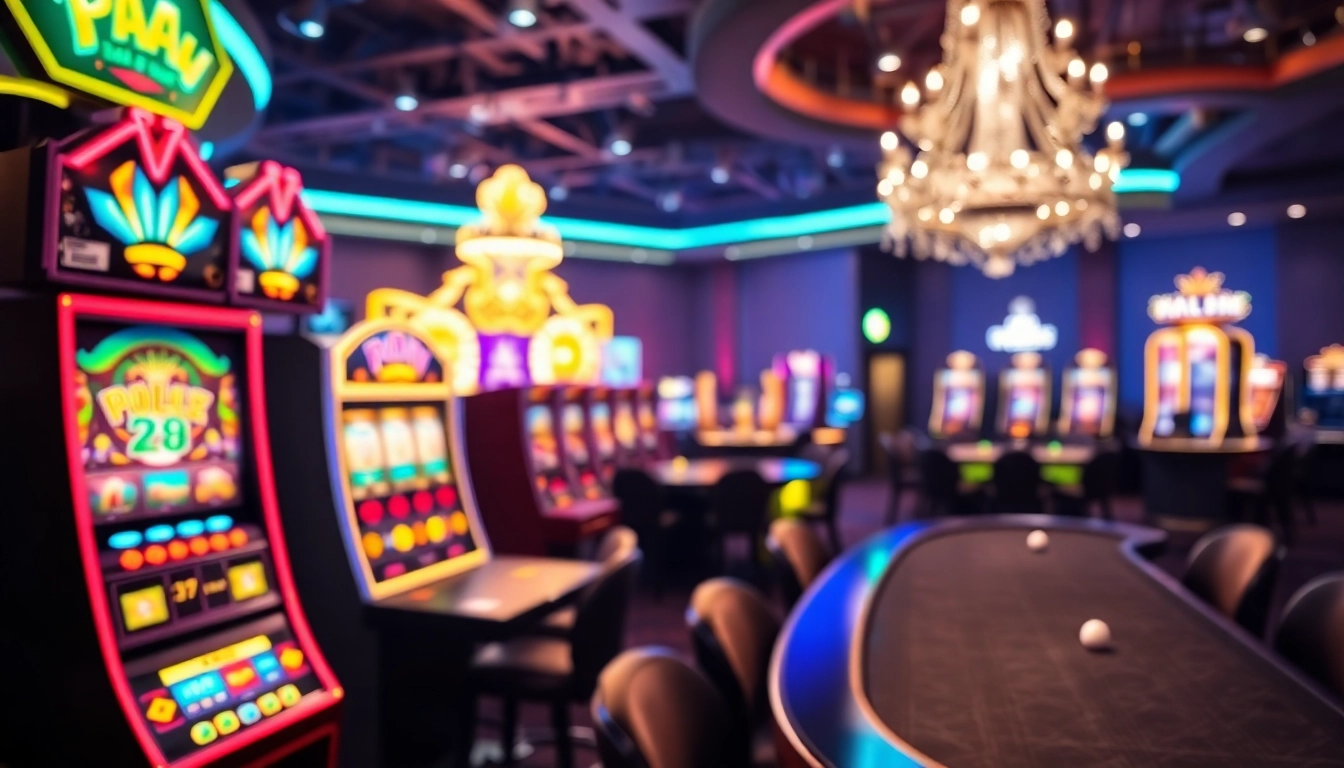
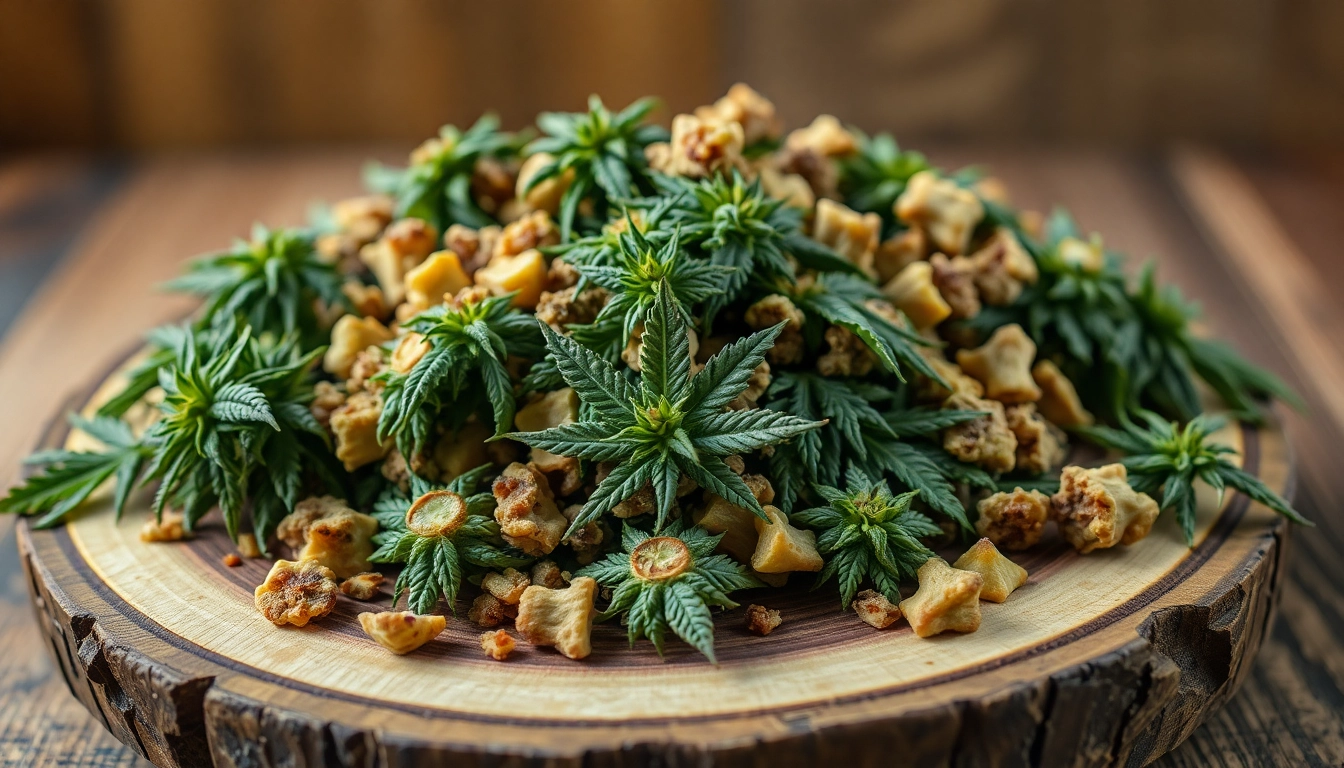
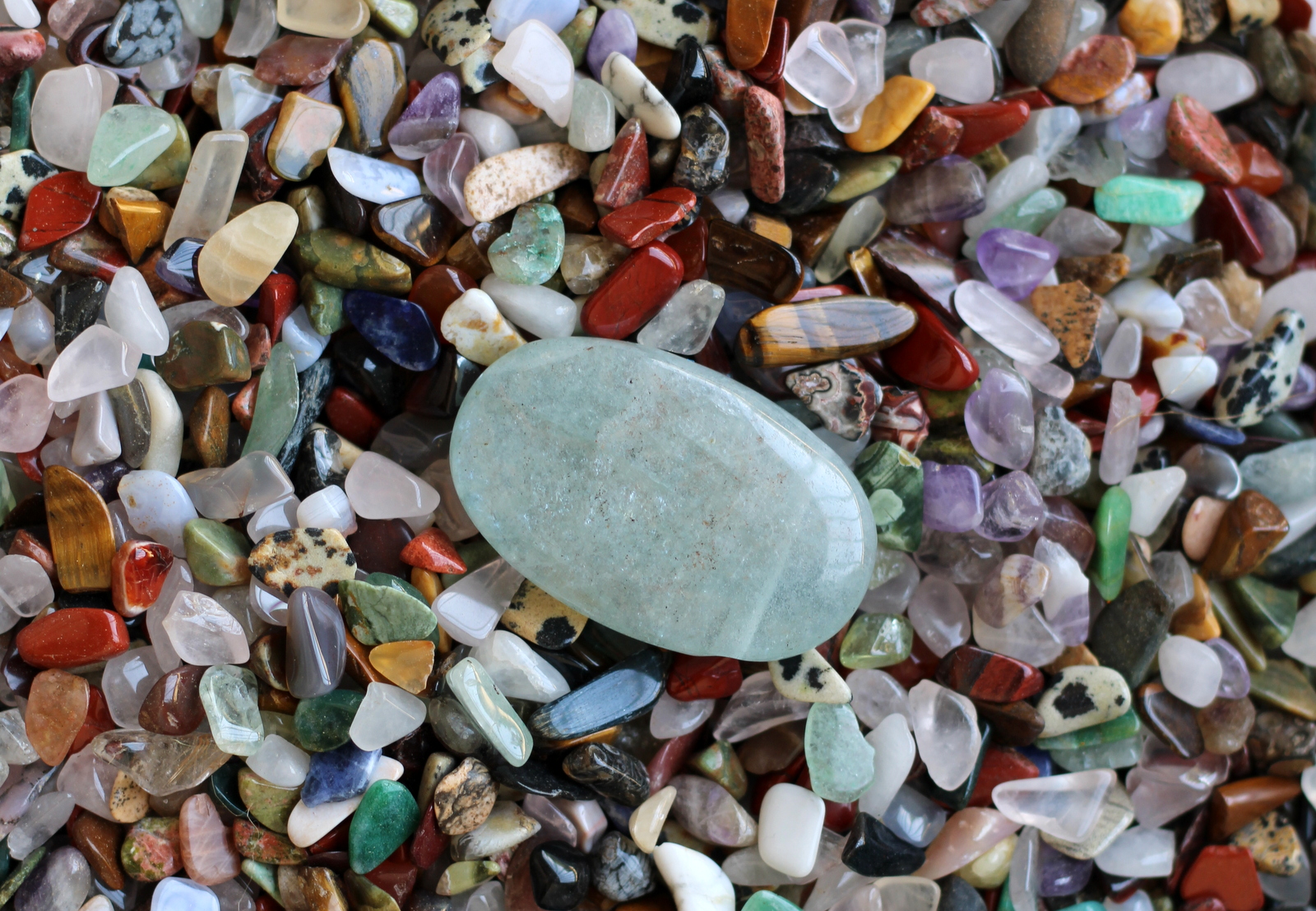


Leave a Reply